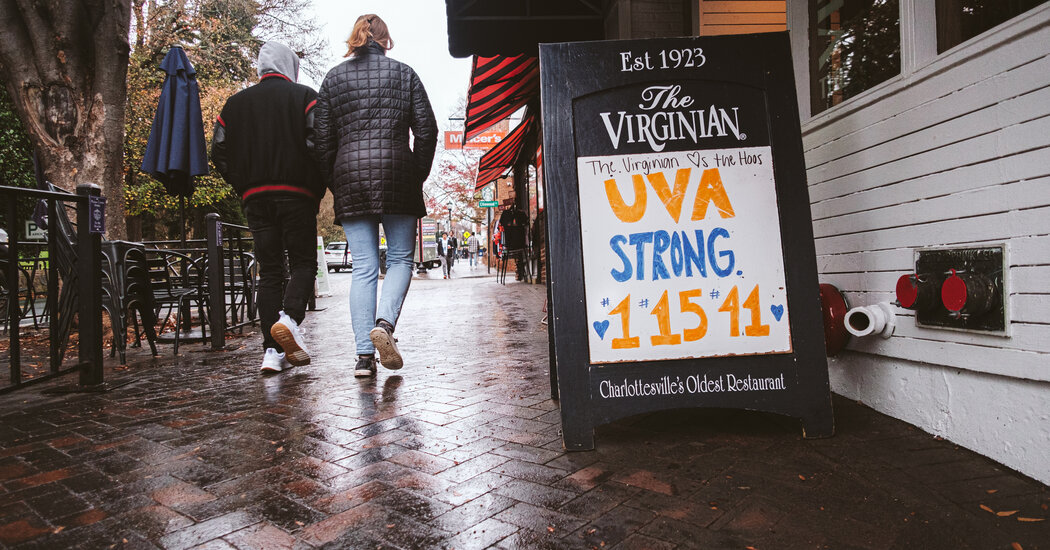
Out of its own past tragedies, Virginia became a national leader in formalizing systems to detect and respond to threats on college campuses. After the mass shooting at Virginia Tech, when a student killed 32 people before taking his own life, Virginia became the first state to mandate threat assessment teams in any educational settings, said Gene Deisinger, the threat management consultant for the Virginia Center for School and Campus Safety, part of the state criminal justice agency.
Even today, Mr. Deisinger said, while many states require threat assessment teams in K-12 settings, Virginia is one of only a few states that legally require such teams in institutions of higher education as well.
The teams may follow different protocols on different campuses, but the core model, and the model at the University of Virginia, is a multidisciplinary task force with representatives from a variety of departments, including student affairs, counseling services and campus police. The members of such teams meet regularly to share information about students who may present concerns, while representatives of the various departments that make up the team may take the lead on investigating or intervening.
In Mr. Jones’s case, there appeared to be a number of potential concerns, some of which university officials learned about in the past two months, and some of which were apparently unknown until after the shooting.
In recent years, Mr. Jones had drawn several criminal charges, including an arrest in February 2021 for carrying a concealed weapon without a permit. In that case, according to the Chesterfield County Police Department, officers pulled him over because they did not find his vehicle’s registration on file. During that stop, they found that he was carrying a concealed handgun without a permit, a misdemeanor.
The next month, he was charged with a felony for failing to remain at the scene of a car accident. While that charge was pending, Mr. Jones had tried to buy a firearm at Mr. Dance’s store, Dance’s Sporting Goods. It was Mr. Jones’s second attempt to buy a gun at the store — he was turned down the first time, in 2018, because he was underage — and he was again unsuccessful, as the background check turned up his pending felony charge.
Last October, as part of a plea deal, the felony was reduced to a misdemeanor, and Mr. Jones was legally allowed to buy firearms again. He bought two at the store this year: a 5.56 caliber rifle in February, and a 9 mm pistol in July.








